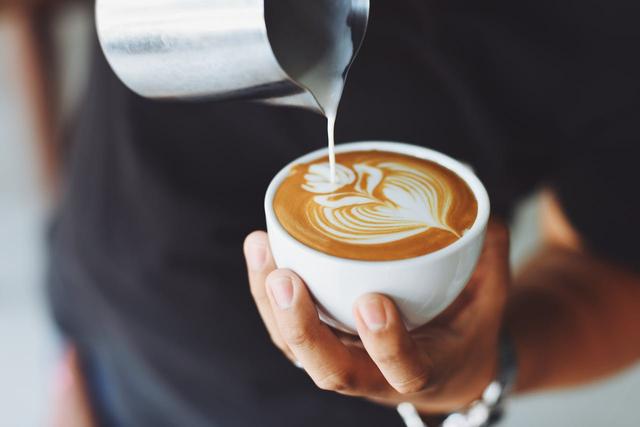Home > Guides > Home Espresso Brewing Guide: Step-by-Step Ratios, Milk Steaming & Machine Setup
Home Espresso Brewing Guide: Step-by-Step Ratios, Milk Steaming & Machine Setup
So, you’ve decided to join the ranks of home baristas? Congratulations! Let’s break down the process into simple steps that even your sleep-deprived morning self can follow.
The Gear You’ll Need
Before we start, gather your tools. You don’t need a high-end machine, but a few basics are essential:
- A semi-automatic espresso machine: These are common for home use and balance control with simplicity.
- A burr grinder: Espresso requires finely ground beans, and a burr grinder is essential to ensure consistency. Blade grinders are discouraged as they produce uneven grounds and are insufficient for espresso.
- Fresh coffee beans: Aim for beans roasted within the last 2–4 weeks. Stale beans = sad espresso.
- A tamper: This compresses the coffee grounds.
- A scale: Precision is key.
Step 1: Preheat Your Machine
Turn on your espresso machine and let it warm up for 10–15 minutes. This ensures the water hits the ideal temperature (195–205°F) for extraction.
Step 2: Grind Those Beans
Use your burr grinder to grind 18–20 grams of beans (enough for a double shot) to a consistency resembling table salt.
Too fine, and your shot will taste bitter; too coarse, and it’ll be sour. If in doubt, err on the side of a finer grind.
Step 3: Dose and Distribute
Dump the grounds into your portafilter basket. Here’s where things get zen: use your finger or a distribution tool to level the grounds evenly.
Uneven beds cause “channeling,” where water flows unevenly through the coffee puck, leading to an inconsistent extraction – some areas over-extracted and others under-extracted, resulting in a shot that tastes watery, sour, or bitter, and lacks crema.
Step 4: Tamp Like a Pro
Press down on the grounds with your tamper using 20–30 pounds of pressure. Imagine you’re squishing a stubborn tube of toothpaste. The goal is a flat, even surface. If your tamp is crooked, extraction will be inconsistent, similar to the outcome of channeling.
Step 5: Lock and Load
Slot the portafilter into the machine’s group head and twist until snug. If your machine has icons for “locked” and “unlocked,” align them.
Step 6: Pull the Shot
Place your cup on the scale and hit “brew.” A double shot should take 25–30 seconds and yield 36–40 grams of espresso.
Watch the stream, it should start thin and caramel-colored, thickening into a golden honey flow.
If it gushes out in 10 seconds, your grind’s too coarse; if it drips like molasses, it’s too fine.
Adjust the coffee ground grind size or “dial in” accordingly for your next shot, and don’t panic.
Recommended YouTube Video
For a hands-on demo, check out the above video. It covers all the basics for you to get that perfect espresso shot.
Pro Tips for Less Stress, More Success
- Use filtered water: Hard water can scale up your machine and your patience.
- Keep it clean: Wipe the portafilter and steam wand after each use.
- Experiment: Try different beans, grind sizes, and brew times. Use The Coffee Calculator to get the best measures. Coffee is science you can drink.
Brewing espresso is part art, part ritual, and entirely worth the effort.
Sure, your first few shots might taste like regret, but soon you’ll be pulling espresso that rivals your favorite café.
Remember: every expert was once a beginner who refused to settle for instant coffee.
Now go forth and caffeinate! ☕
Home > Guides > Home Espresso Brewing Guide: Step-by-Step Ratios, Milk Steaming & Machine Setup



